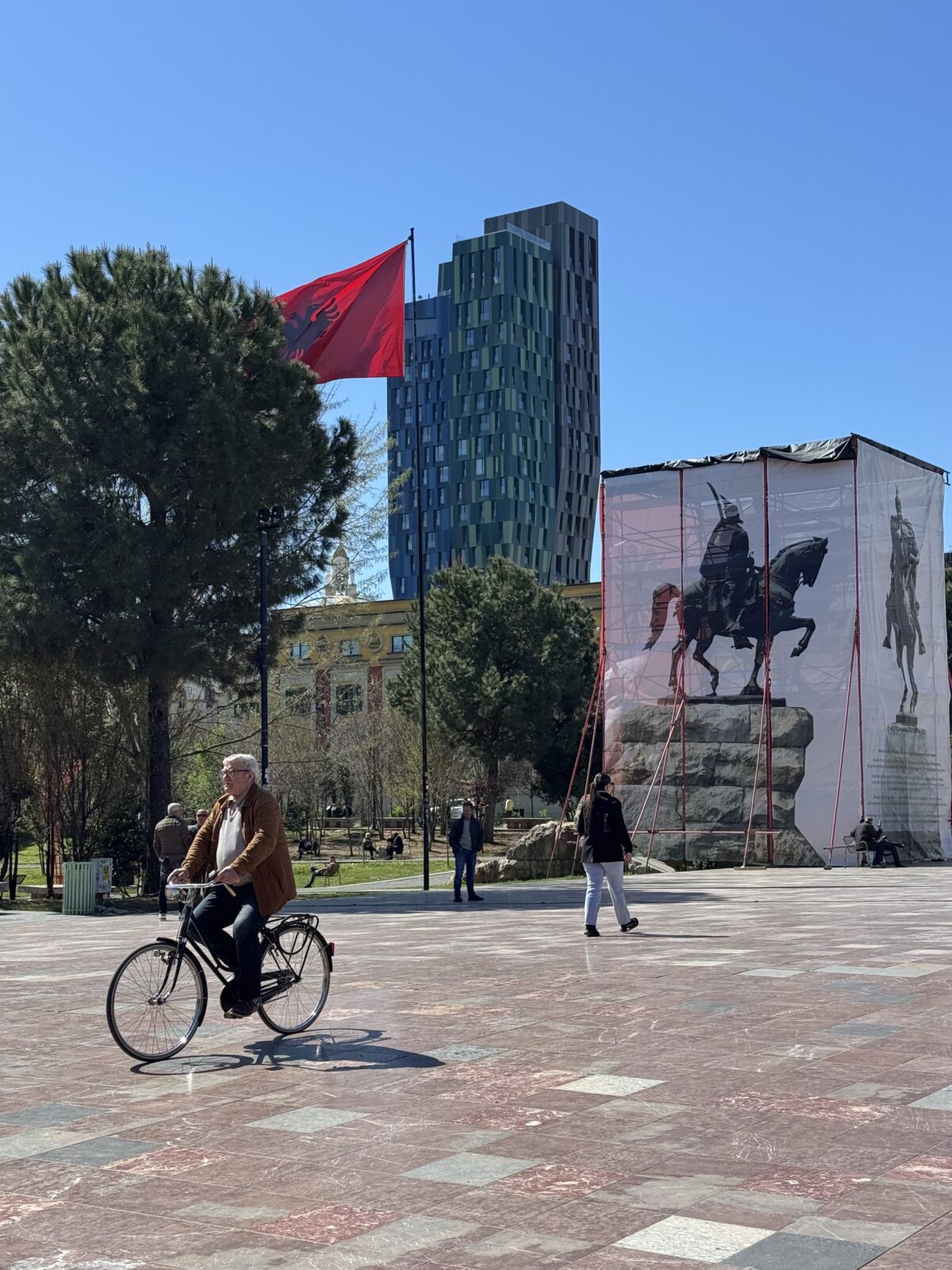Before I started planning for this trip, I’ll admit I didn’t know that much about Albania. I would have guessed that it was part of Yugoslavia, which it was not, and the only thing I did know was that it is the homeland of Mother Theresa (although interestingly, not her birthplace, which was Skopje, North Macedonia). As it turns out, Albania actually has a very interesting and unique history!
It was once part of the Ottoman empire, but declared independence in 1912. During WW1 and WW2, the primary focus was on maintaining their independence, which was made more difficult by Italian and then German occupation. In 1944, Albania managed to free themselves from German occupation under Enver Hoxha, ushering in the next chapter of history in Albania: communism.
Hoxha led Albania from 1944 to 1985, leading an intensely authoritarian and isolationist regime. Albania toyed with the idea of allying themselves with Yugoslavia, the USSR, and China at various points in its history, but none of those lasted, as Albania tended to view the relationships as a threat to Albanian independence. Hoxha consistently told Albanians how every other country was out to get them, and wanted to invade them, and used that messaging to keep their citizens isolated and afraid. Albania built over 750,000 bunkers from the 1960s through the 1980s, which means there are still 14.7 bunkers per square mile in Albania.
Between Hoxha’s death in 1985 and the fall of communism across Europe in 1989, including but not limited to the fall of the Berlin Wall, Albania transitioned toward democracy in the early 90s. It was pretty rocky, though, as they weren’t financially stable, and it led to a brief civil war in the late 90s before they were able to stabilize. They’re now a NATO member and they have official candidate status with the EU.
An isolated culture and the lasting impacts of a dictatorship are both things that definitely check the boxes for me as a traveler, so I was really looking forward to the museums of Tirana to get a better perspective on Albania! Which is good, because I was there in March, when it would be a little too cold the main tourist activities of hiking and going to the beach.
I flew from Aden to Cairo to Athens to Tirana, in a flight path that my friends called “totally unprecedented” and “very weird.” I based myself in Tirana for about a week and did a few day trips outside of the city as well to explore more of Albania.
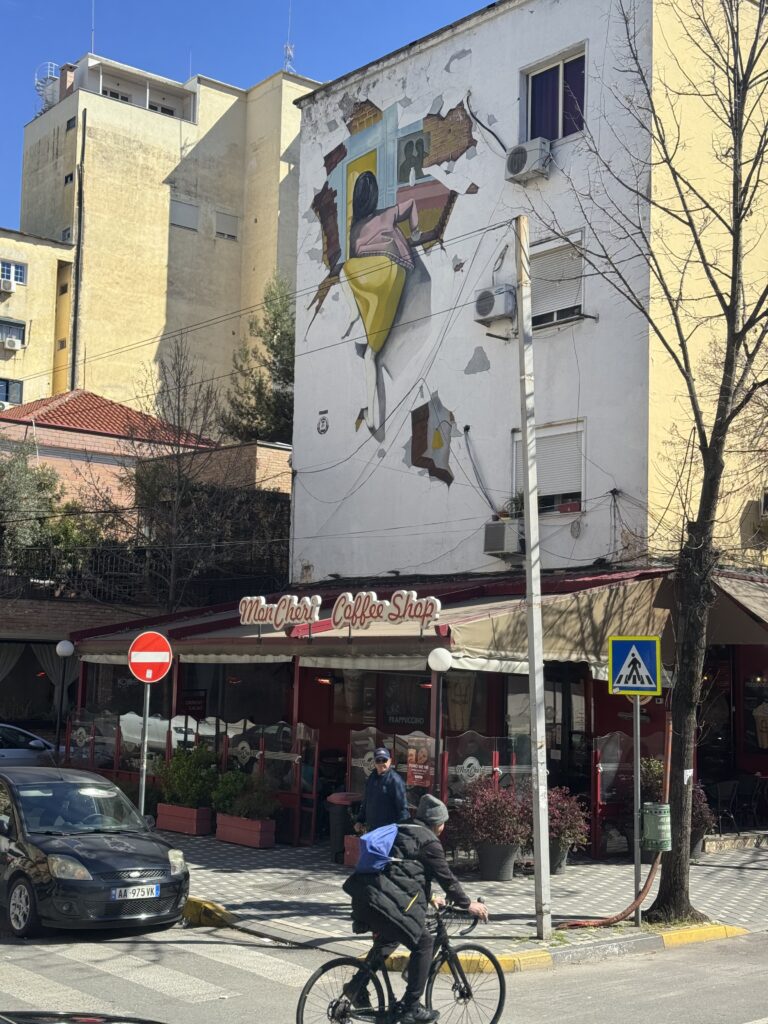
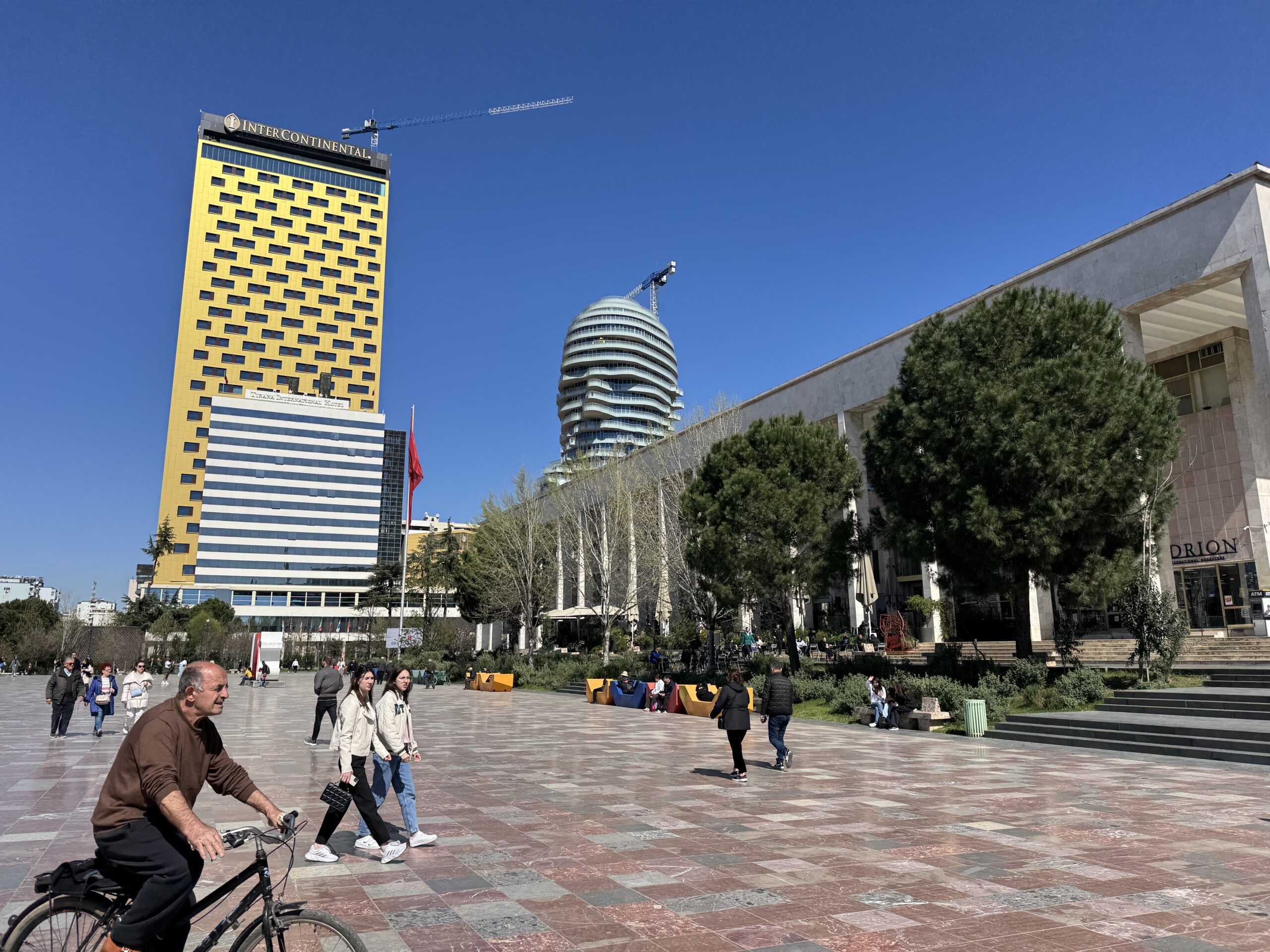
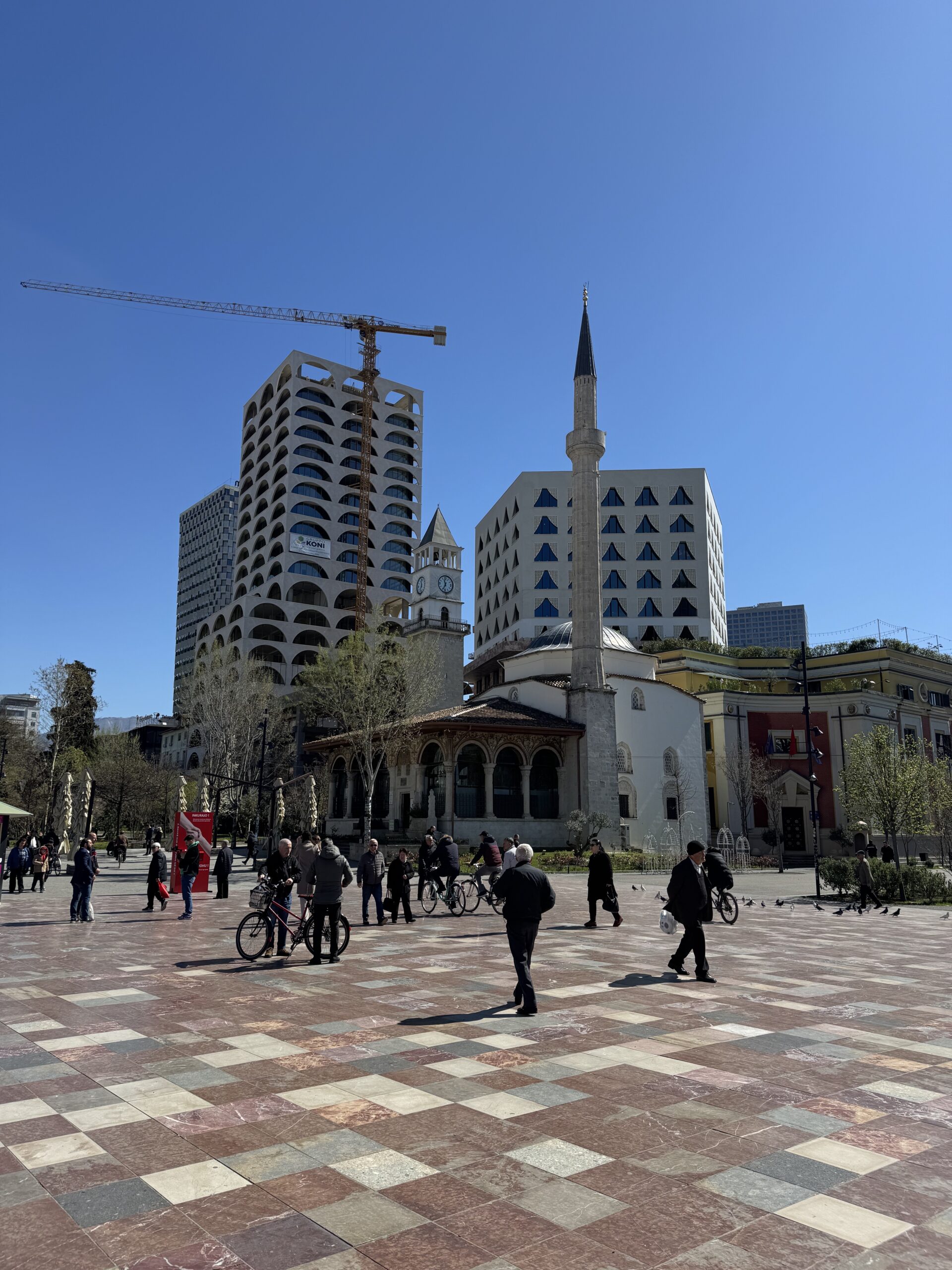
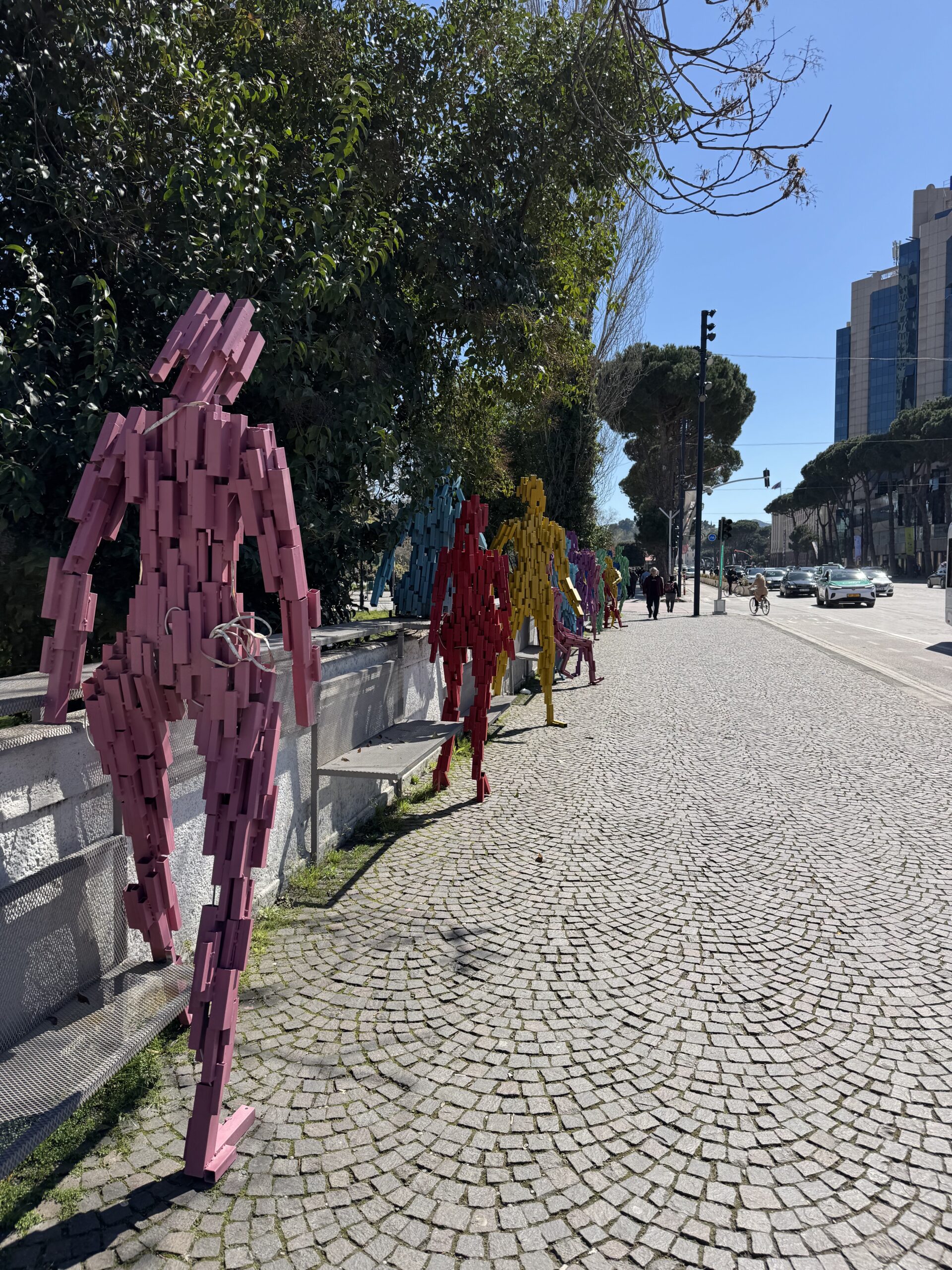
Tirana has an interesting vibe. There’s a lot of modern architecture and street art, which makes it fun to walk around and explore. It’s not a huge city. It was pretty easy to walk from my hotel to all of the major tourist sites and museums.
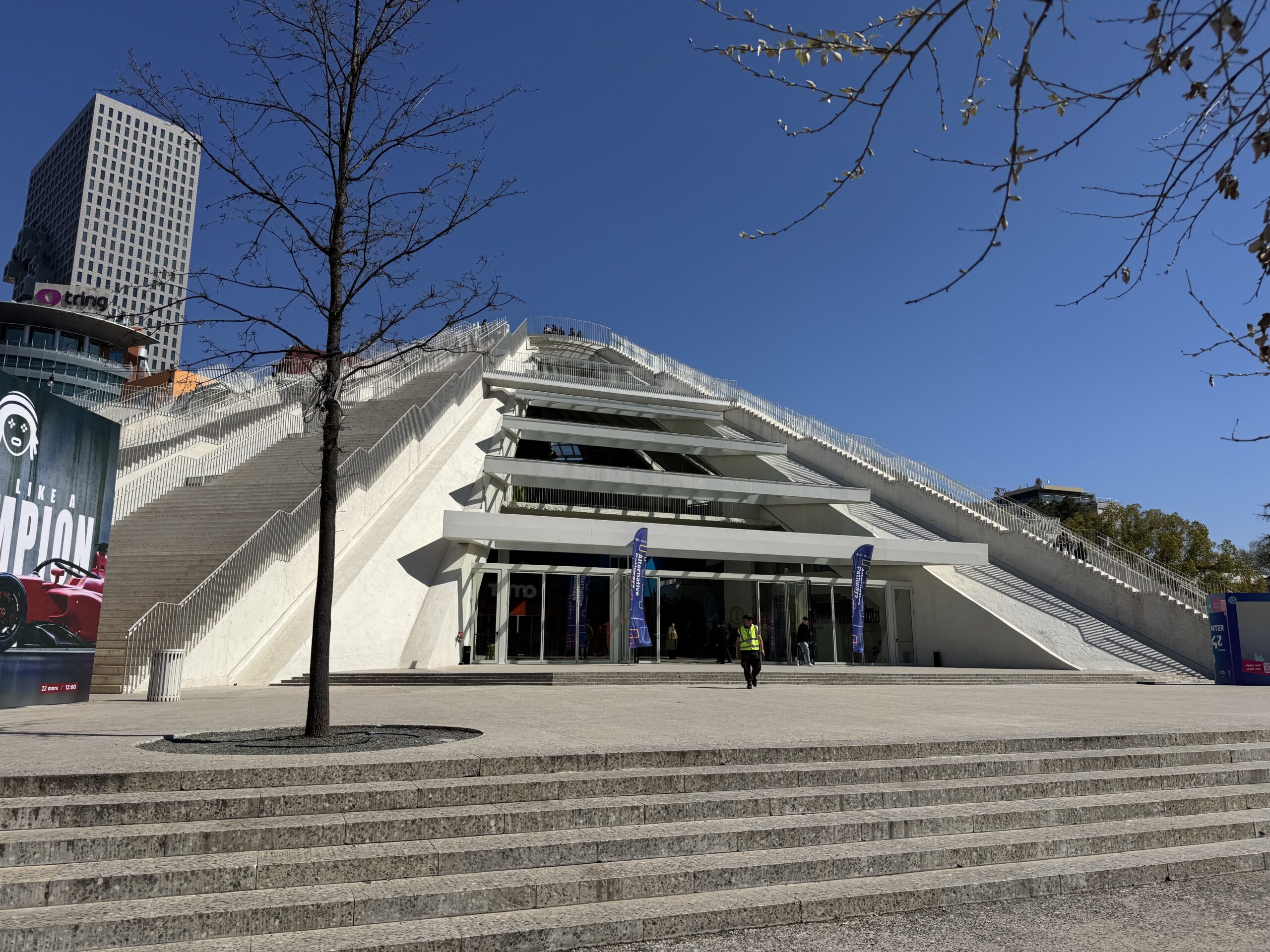
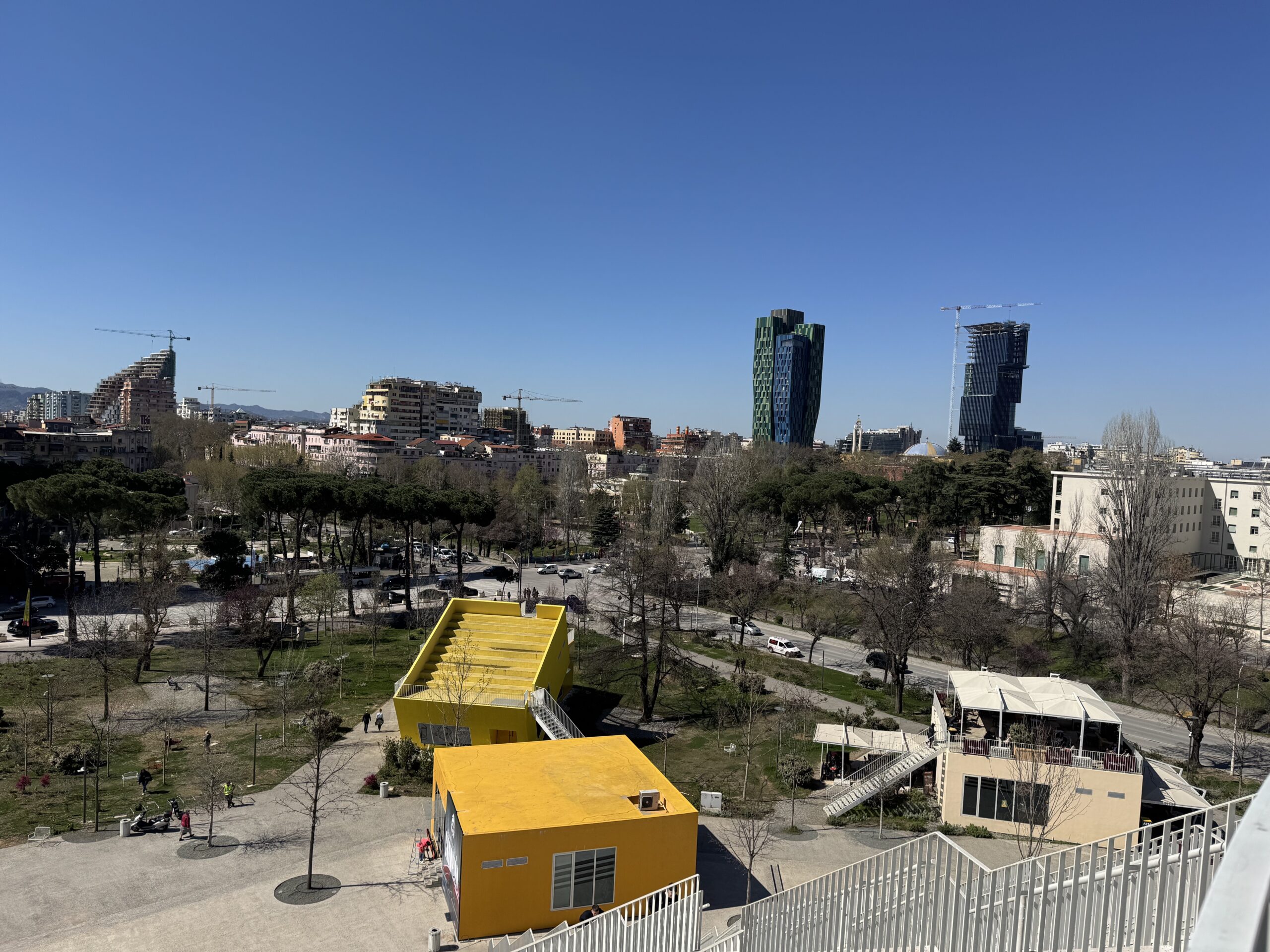
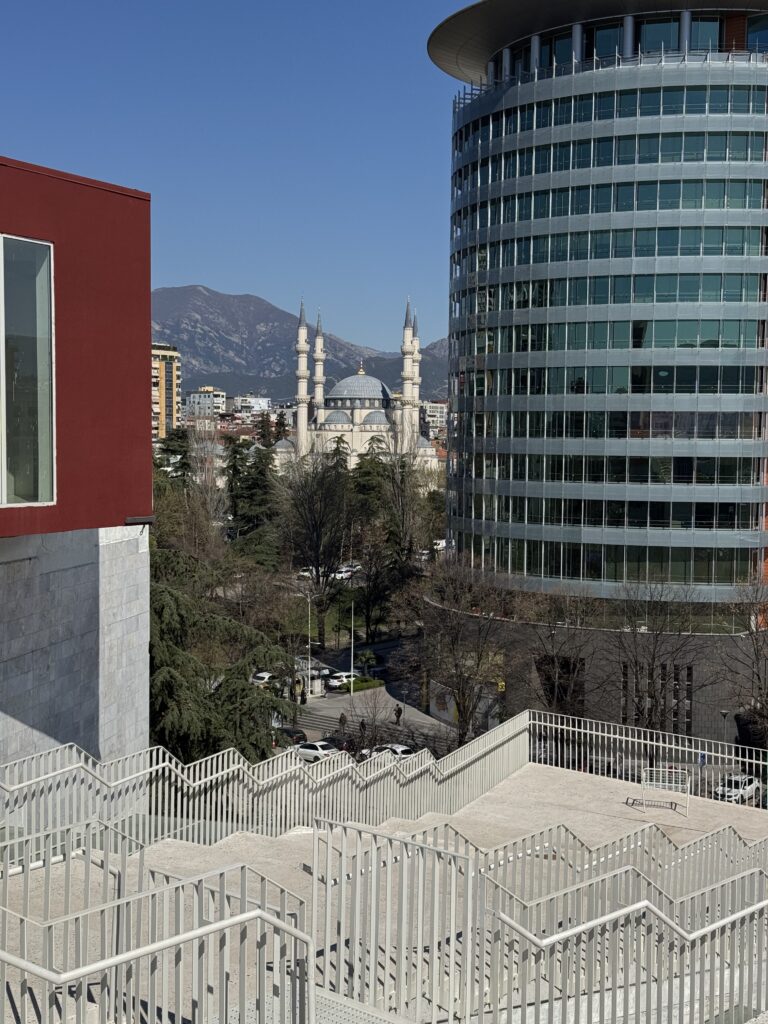
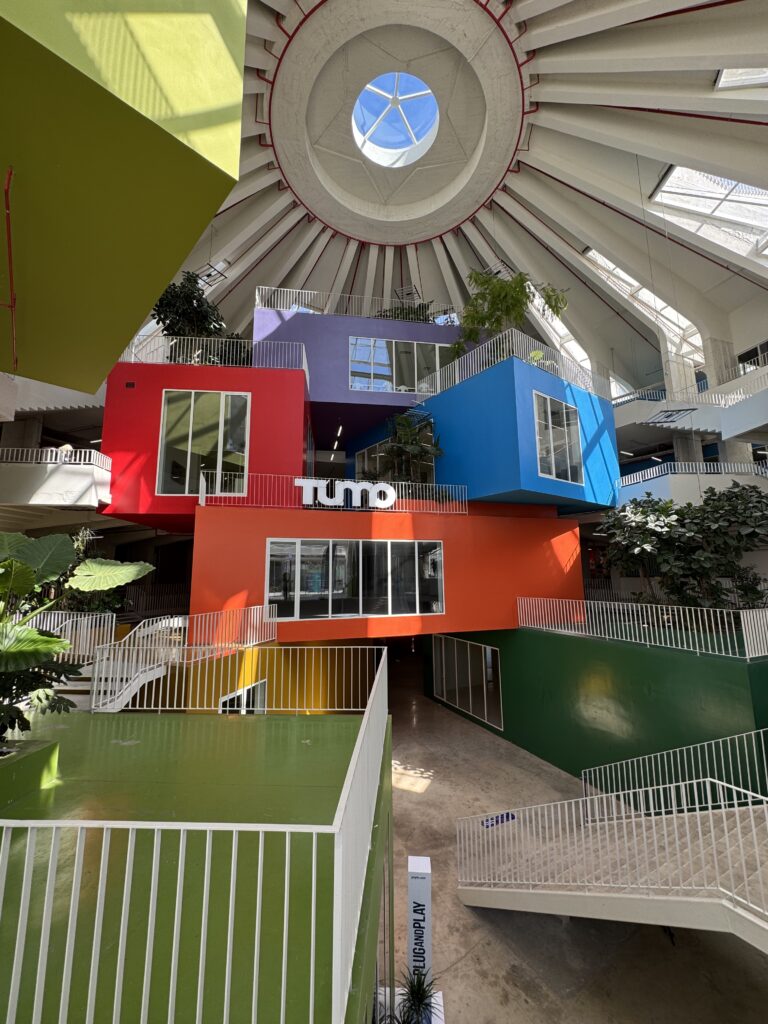
My first stop was the Pyramid of Tirana! I love a weird landmark, obviously. This one was opened up as a monument to and museum for Enver Hoxha in 1988, and was the most expensive individual structure ever built in Albania at the time. When communism collapsed very shortly thereafter, it stopped being a museum and has been kind of a multi-functional community center every since, with a lot of iterations of what people use it for. They’ve even talked about demolishing it. But for now, it exists, and you can climb to the top of it for some pretty decent views of Tirana.
I also went to the House of Leaves, which I couldn’t take pictures in, but this one was about the surveillance systems that the Albanian government used on its citizens for decades. The secret police were very busy monitoring and arresting and torturing Albanians for all sorts of crimes, real and imagined. This, in conjunction with Bunk Art 2, gave me a very good overview of the communist era.
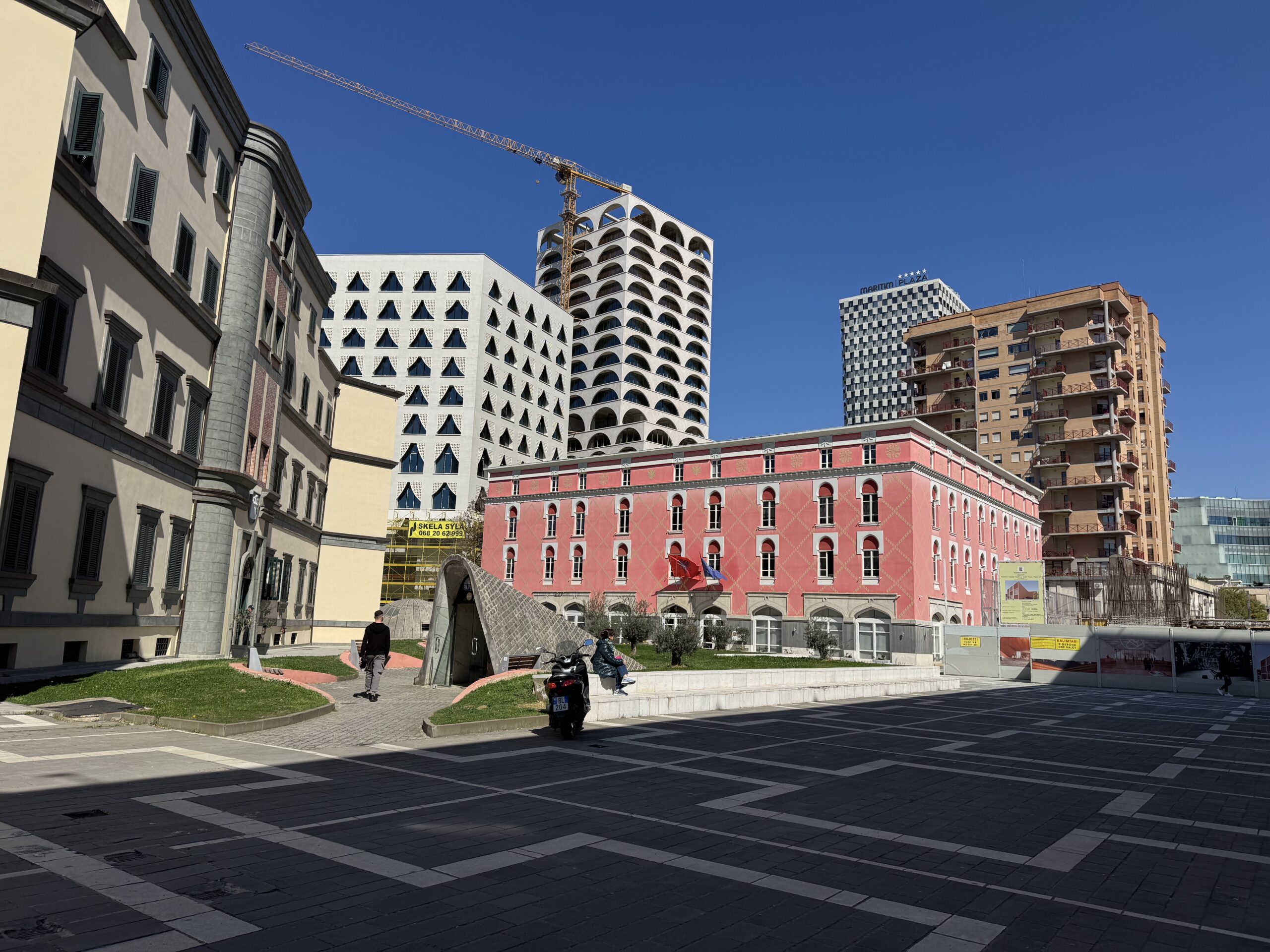
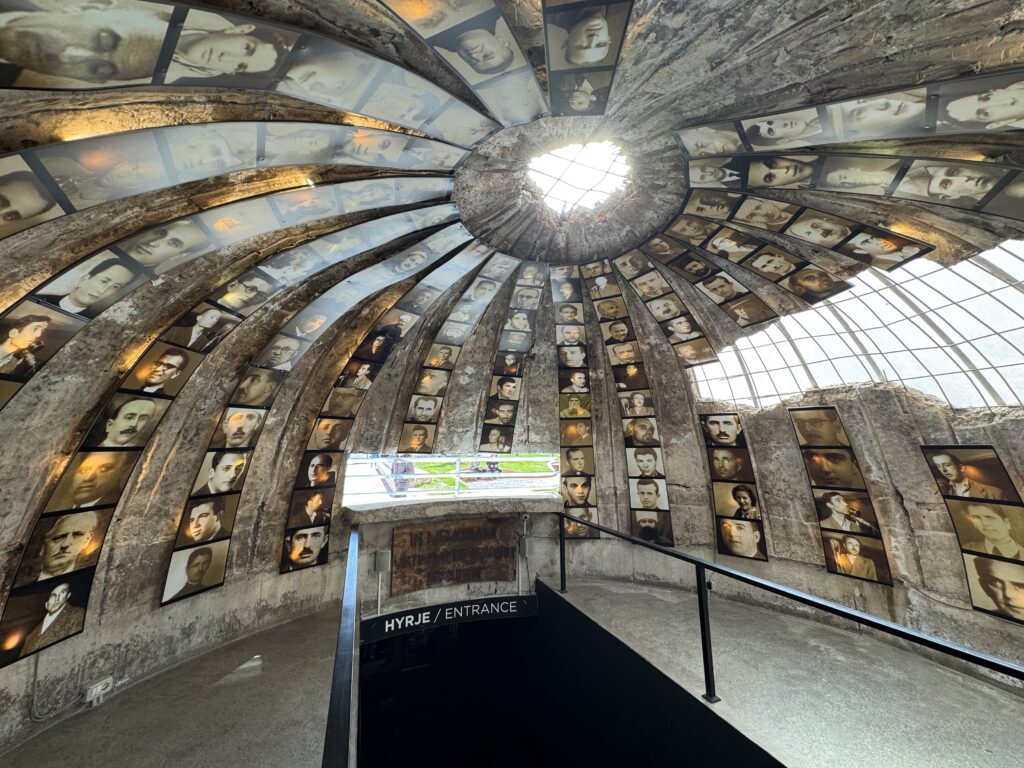
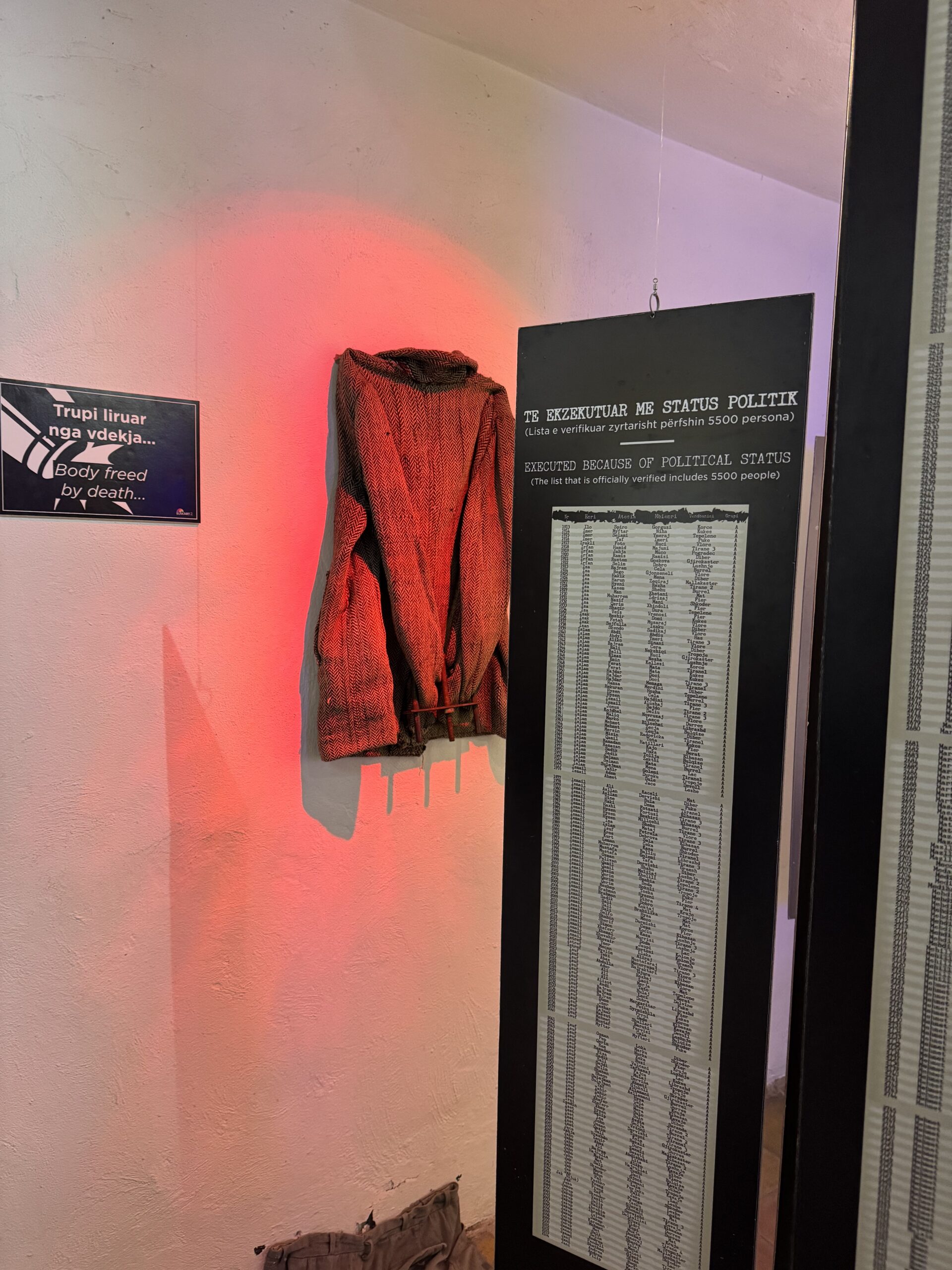
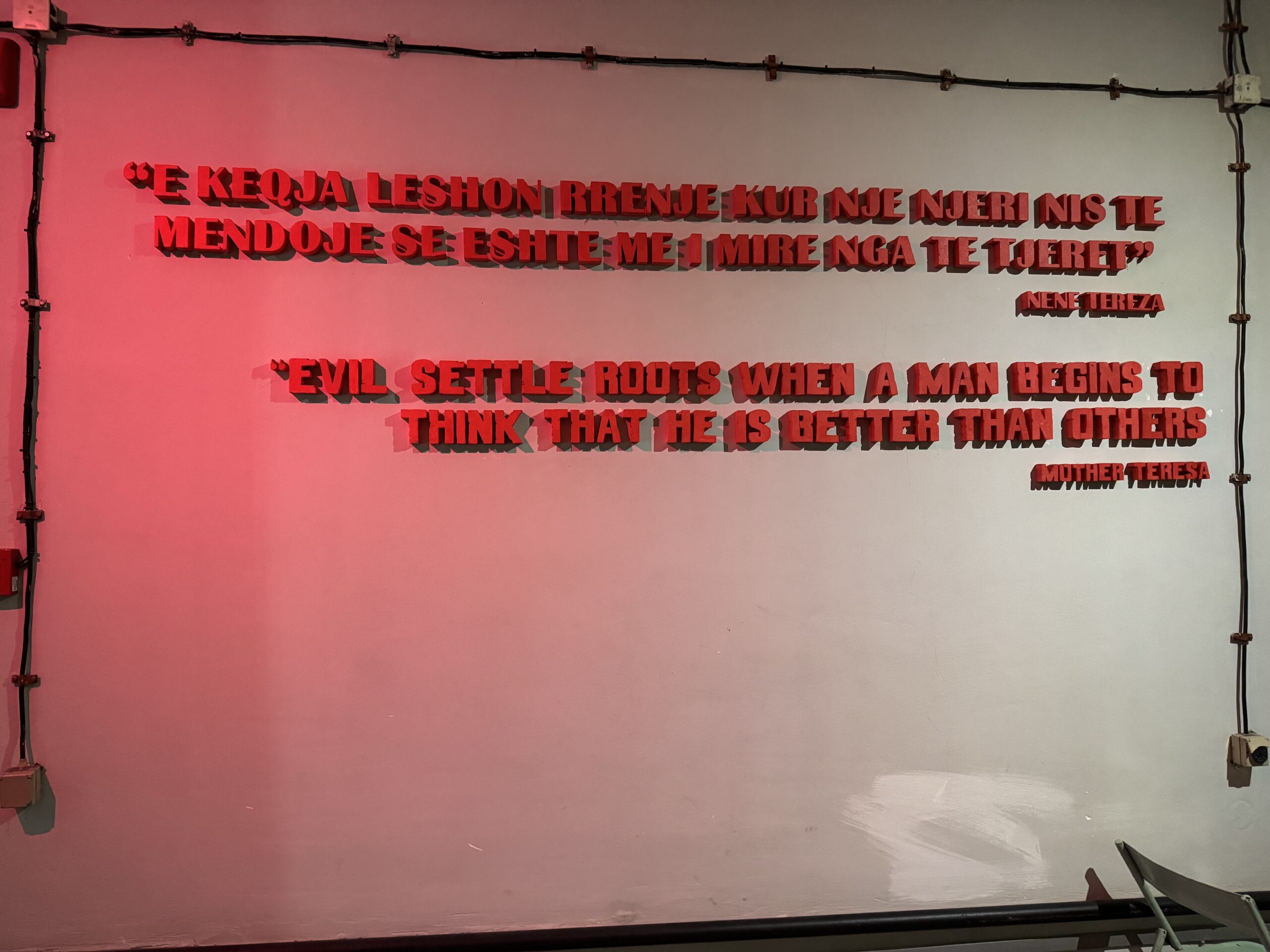
Bunk Art 2 is a museum located in a bunker in the middle of Tirana! There is also a Bunk Art 1, but that’s located a bit outside of the city and I had other priorities for my day trips outside of Tirana, so I missed that one. It was really interesting, and went more into the interrogations and torture that were done by the secret police, as well as the overall impact of the communist era.
Overall, I liked Tirana a lot, and it made for a great base as I explored the rest of Albania. I went to Berat, Lake Bovilla, and Gjirokaster from Tirana, the last of which was a very long day, but I think it gave me a good sense of Albania and what it offers. Tourism is definitely starting to take off in Albania, especially along the coast – from what I’m seeing in tourism trends, it is on its way to becoming the next Croatia in coastal beach tourism during the summers, but I felt as though I was still seeing some of its cultural sites in a more nascent stage of tourism. More on the day trips out of the city in my next post, but I definitely enjoyed Albania and would recommend it for any itinerary in the Balkans!
